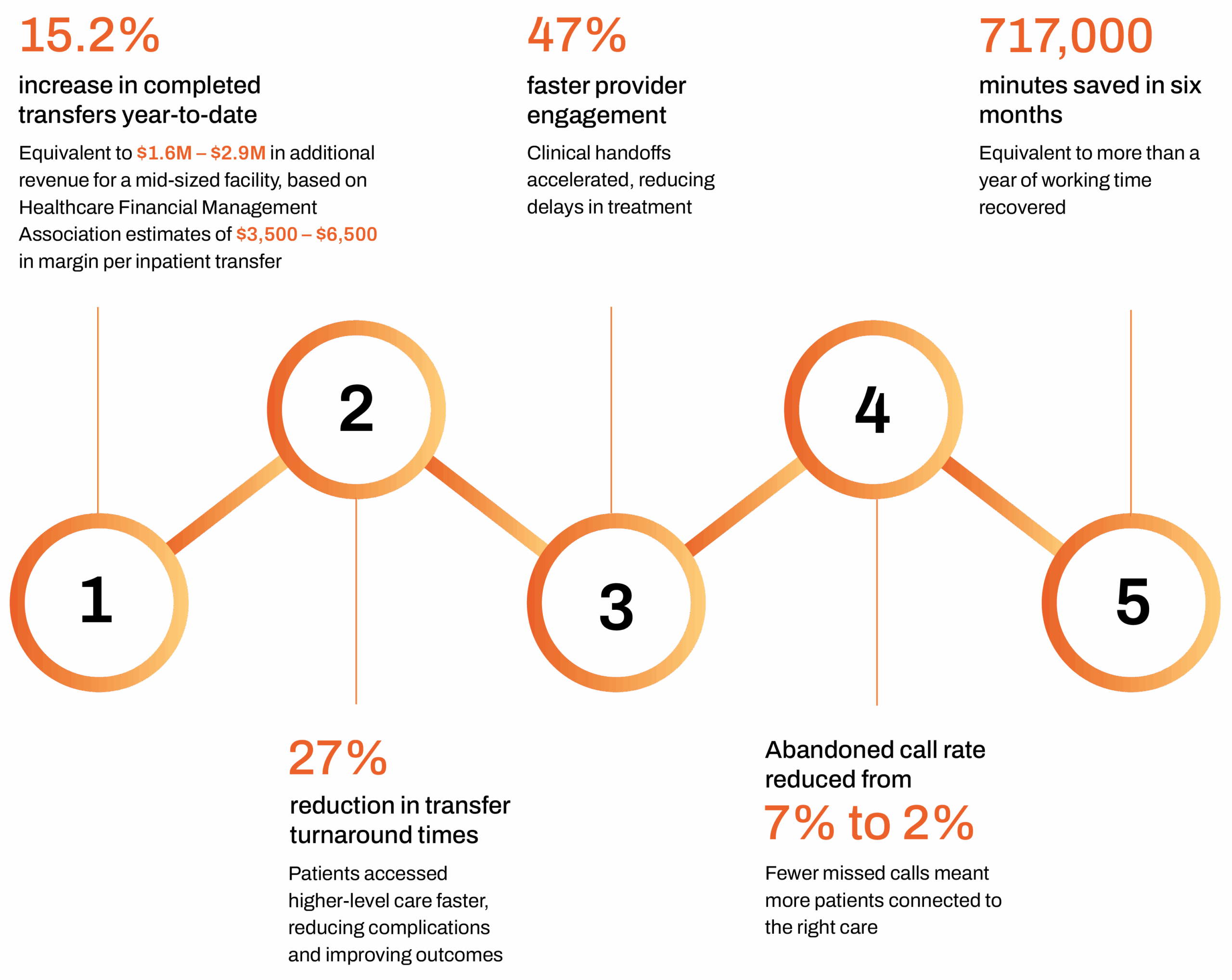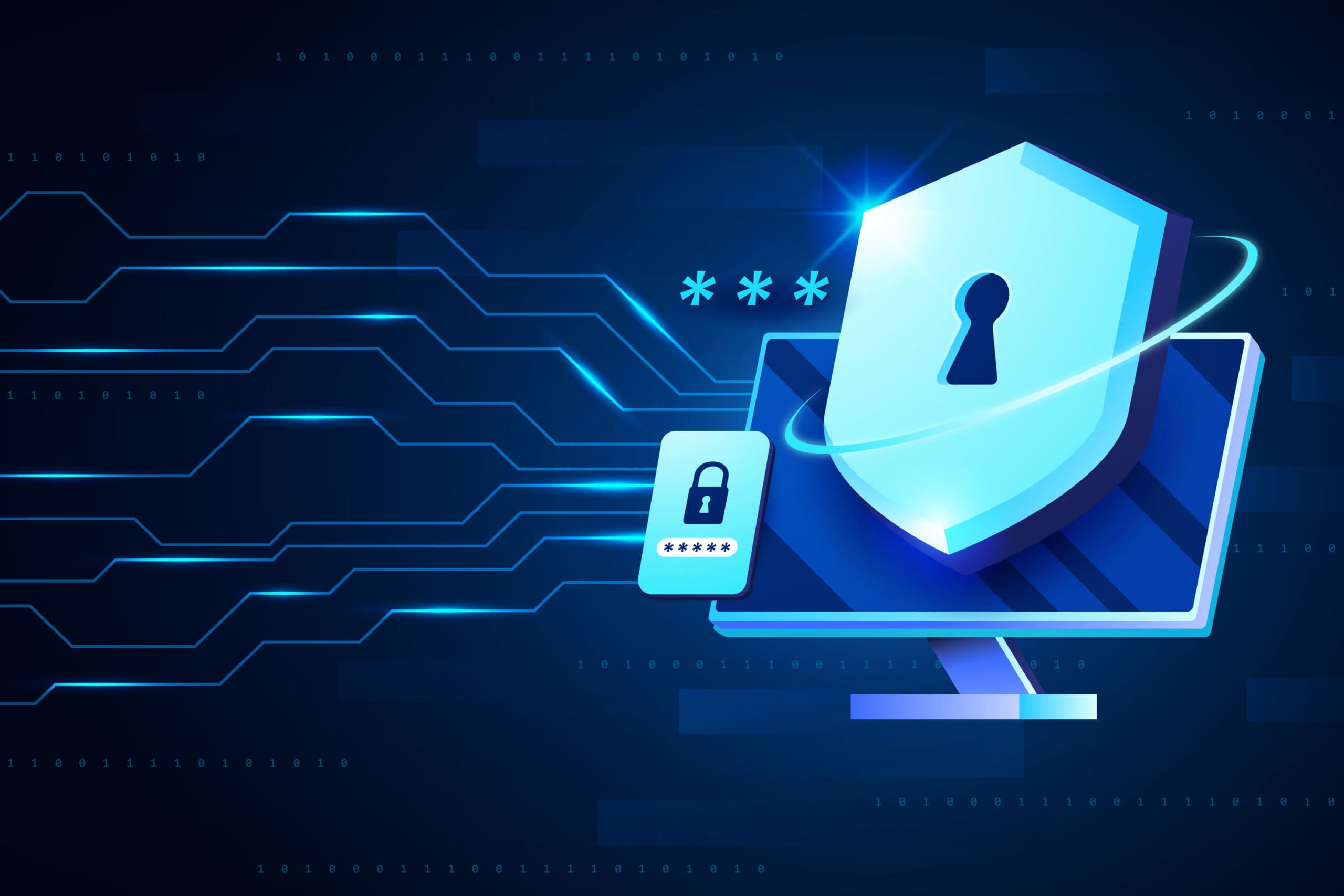What is the FCC doing now about E-Rates Issues?
When the president declared a national emergency back in mid-March, the FCC made a few quick changes. The first action they took was to temporarily waive the E-Rate gifting rule, limiting the gift value to less than $50 that a district can receive from a service provider. The waiver expires September 30 (but they might extend the deadline), hopefully allowing more robust public and private solutions during these trying times. Another factor is that the waiver is limited to offerings on behalf of students and teachers as schools remain closed.
Secondly, the FCC also extended some procedural deadlines that matured between March 11 and September 30, 2020. For example, the FCC extended the last date to deliver services on category two projects to September 30, following the closing funding year. Any deadline that matures on or before September 30, 2020, will automatically be extended to September 30, 2021. For invoicing, any deadlines that were due between March 11, 2020, and October 28, 2020, the FCC will extend automatically for 120 days. Additionally, a district may ask for another 120-day extension.
Kim doesn’t recommend delaying invoices – obviously, a district will want to get reimbursed ASAP, but the extension offers some breathing room.
Finally, the FCC extended the appeals deadline from 60 days from the date of the decision that you’re appealing to another 60 days. Districts will basically have 120 days to get the appeal submitted.
Two particular bills are the most exciting and relevant: The Moving America Forward Act (MAFA) and the Accessible Affordable Internet for All Act (AAIAA).
The MAFA may be the most exciting bill that proposes an additional $5 billion to expand the E-Rate program to fund home broadband connections, laptops and tablets for rural students, and mobile hotspot lending for schools and libraries. That’s $5 billion to expand the eligibility of E-Rate services being delivered to students’ and teachers’ homes and would also help support devices, which aren’t currently supported by the E-Rate Program. Additionally, the MAFA also proposes E-Rate funded WiFi access on school buses. There have been stories where districts have parked busses in neighborhoods with non-E-Rate-funded wifi to broadcast internet access.
The second bill is the AAIAA, which also talks about a $5 billion fund that would enable students without the internet at home to participate in remote learning. The bill would also authorize direct funding to support wifi on busses. However, it’s unclear if this bill would be funded through the E-Rate program, if there will potentially be another application process, or if the States may administer it.
Although both bills discuss the E-Rate Program’s future, the MAFA really centers on an E-Rate Program solution. In contrast, the AAIFAA acknowledges the importance of broadband connectivity at home for students and teachers learning and teaching in a virtual environment. Both review WiFi funding solutions, especially for communities that so desperately need internet access.
What about cybersecurity?
Another concern facing educators is cybersecurity. At the beginning of the pandemic, we saw several issues across the nation, such as Zoom meeting hacks, etc. Currently, the FCC has not proposed any changes in 2020, likely due to strapped resources and the short timeline to solve major issues from the pandemic. This will likely be a topic addressed in 2021 for implementation in 2022.
What can districts do right now?
Take advantage of the gift rules waiver! Districts can reach out to providers and seek assistance with additional connectivity to help serve those underserved students and teachers. However, be sure not to work through any E-Rate-funded connections currently in place.
There’s a great opportunity with the gift rule waiver to establish partnerships with existing partners and to expand your offering to try to solve some of the problems facing districts in the short term. Hopefully, in the next couple of weeks we’ll here a positive change on the front to provide Internet access to students and teachers at home for those currently without access.






